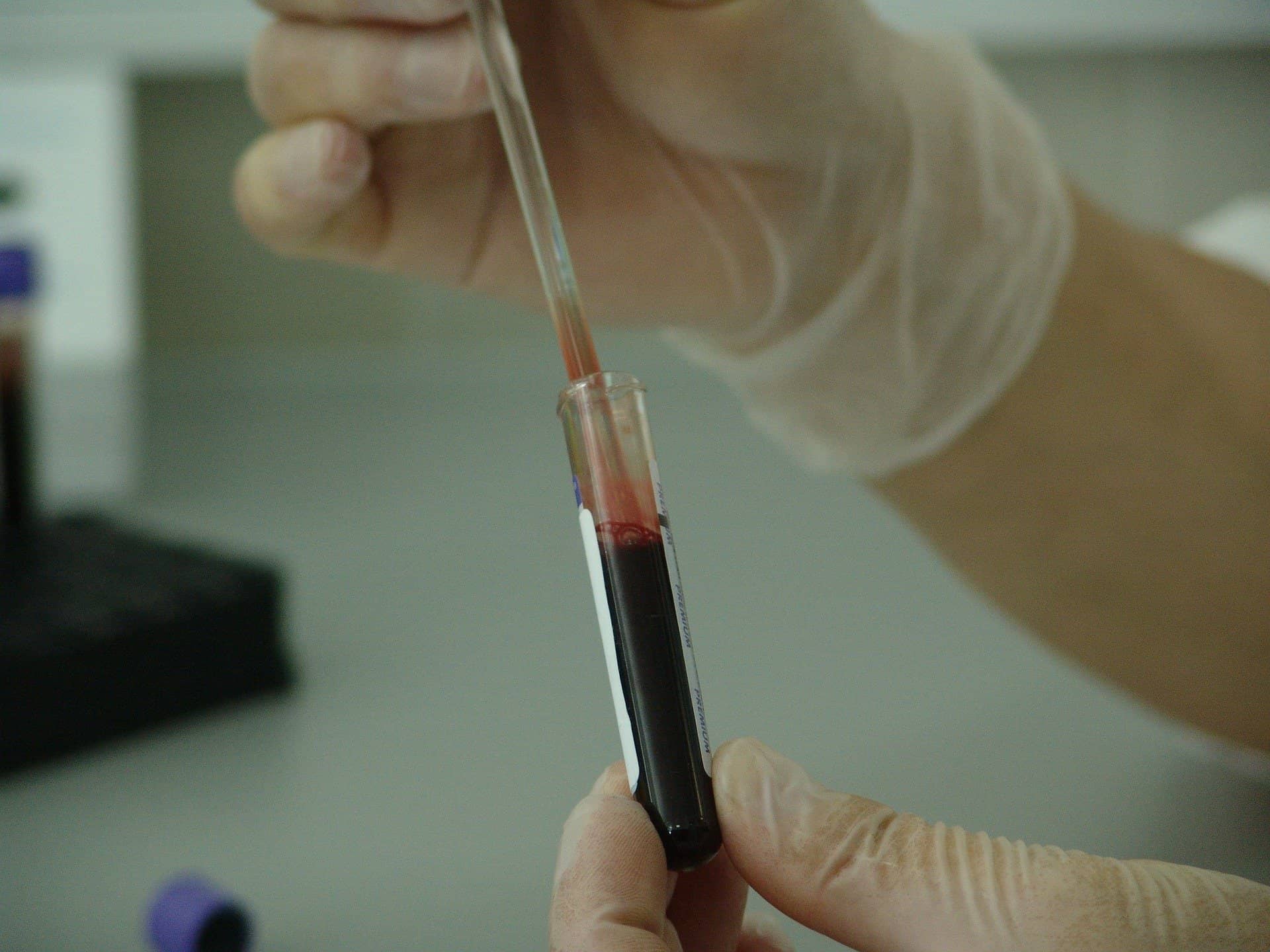In the recent pandemic, like other organizations across the globe, the field of medicines had also suffered. One of the major concerns for the health sector is the patients of blood disorders. One of such disorder is “thalassemia”. It affects approximately 4.4 of every 10000 births in the world
What Is Thalassemia?
Thalassemia is an inherited blood disorder from parents to offspring, the reason behind is faulty hemoglobin gene. It is a kind of haemoglobinopathy which lead towards the recurrent monogenic disorders worldwide and the treatment of affected individuals present a substantial global disease burden. 8th May is renowned as World Thalassemia Day to memorialize the Thalassemia patients and to encourage those who struggle to live with this disease.
Medical Basis / Epidemiology:
Thalassemia is caused by defective hemoglobin gene in body. Hemoglobin is a major component of red blood cells and is responsible for oxygen transfer in the body. When there is less hemoglobin there will be less RBC and less oxygen in the body tissues which causes symptoms like shortness of breath, fatigue or we can say anemia like symptoms. Patients of this disease require regular blood transfusion on monthly or weekly basis, depending upon the condition of disease.
Life of a child with Thalassemia is just like a Sun setting with the passage of time. If the blood is not transfused on time the sun will set permanently and never rises again.
- If a patient is not transfused with the fresh blood on time, on the 16th day of the month he /she will lose the ability to
- On the 22nd day he/she will be unable to
- On the 27th day the bodies energy reserves will be severely depleted
- On the last 3 days of month i.e 28, 29 and 30 immediate fresh blood supply is required for the survival of
Don’t you think the families of these patients are real warriors as they know their children will not be able to survive beyond adulthood but still keep them close to their bosoms?
Types of Thalassemia:
There are two main types of thalassemia depending on which chain of hemoglobin is affected.
- Alpha Thalassemia
- Beta Thalassemia
Alpha thalassemia is not severe as compared to beta thalassemia, which causes more complications. It is due to reduced synthesis or absence of Beta positive or Beta negative globin chain of HbA molecule which results in accumulation of unbound alpha-chains that precipitate in erythroid precursors in bone marrow and in mature RBCs leading to ineffective erythropoiesis and peripheral hemolysis. Approximately 1.5% of the global population is heterozygous (carriers) for Beta-Thalassemia. Beta-Thalassemia is further classified as:
- Thalassemia Minor
- Thalassemia Major
Thalassemia Major is the most severe form.
Thalassemia and Pakistan:
In Pakistan, Beta-Thalassemia is most common as estimated, there are 1 Million patients suffering from beta thalassemia with 0.1 Million confirmed cases. About 5 to 7% of total populations of Pakistan are the carriers of this deadly disease and every year 5 to 9 thousand children are born with thalassemia major.
Some of the recent findings about communities which share more thalassemia patients are:
- Punjabis 4.5%
- Pathans 2%
- Sindhis 3%
- Balochi 9%
- Muhajirs 5.2%

Punjab is the most suffering province of Pakistan with 40 thousand registered patients while Kohat is the most suffering city regarding thalassemia
Causes of Thalassemia:
Thalassemia occurs when there is an abnormality or mutation in one of the genes involved in hemoglobin production. You inherit this genetic abnormality from your parents. Thalassemia is most common in people from Asia, the Middle East, Africa, and Mediterranean countries such as Greece and Turkey. The major cause of Thalassemia is cousin marriage because it is an inherited disorder and tends to run in families.
Symptoms of Thalassemia:
Although the symptoms of thalassemia can vary, but usually severe anemia like symptoms are observed. Some of the most common ones include:
- Fatigue and excessive tiredness
- Weakness
- Pale or yellow skin
- Slow growth
- Abdominal swelling
- Dark urine
- Bone deformities, especially in the face
- Delayed growth and development
Not everyone has visible symptoms of thalassemia. Signs of the disorder also tend to show up later in childhood or adolescence.
Tests for Thalassemia are:
- Hb electrophoresis with HbA and HbF count
- Complete blood count (CBC)
- Iron studies(free erythrocyte, ferritin etc)
- Beta Thalassemia shows increased HbA 2 level and microcytic
Treatment:
Treatment depends upon severity of the disease; usually blood transfusion is done for the survival of patient. But the ultimate treatment is Bone Marrow Transplant for which about 1.5 to 2.5 Million PKR are required
Our Role in Helping Thalassemia Patients:
In this pandemic condition there are many children staring your way for help. Being responsible members of society we need to step forward. This pandemic has led to severe lack in donations for Thalassemic patients.
According to Dr. Walid Bin Azhar of Fatimaseed Foundation, they were receiving 80 to 90 bags per day before pandemic but now this amount has reached to half. In Pakistan we require 40 thousand blood bags per month for the survival of these patients. Now being youth of the nation we can help them in the following ways
- By donating blood once in 3 months we can help those thousands of children who are waiting for our help. Donating blood not only helps others but it is helpful for our own body as fresh blood is produced by our bodies which keep us away from several diseases. Moreover it is sadqa-e-jaria.
- Secondly children with this disease require frequent iron therapy because regular blood transfusion increases bodies iron level from normal of 3 to 4 grams to about 11 thousand grams in patients, which costs almost 15 thousand per month. So we can donate our charities to deserving people because majority of these patients are from lower
- Thirdly cousin marriage, the common cause of Beta-Thalassemia, should be strongly prohibited in those families which have family history of this severe disease.
Although Government of Pakistan is also working and taking this issue seriously as In 2019 Pakistan Bait-Ul-Maal has spread 1 Billion rupees on about 15 thousand patients but it still needs more improvement.

By helping the needy population we can definitely be the medicine for some bodies life.
Question: What do you think is the major hindrance in this pandemic which is stopping people to donate blood? Drop your views!







Thay might be scared of unhygienic environment / carelessness of staff during blood donation proces. It will surely enhance the chances of one being affected by Covid-19.